Apple are unstoppable right now. Unbelievably, their market value recently surpassed Microsoft’s. In my opinion, the one reason Apple are in this position is because they understand the power of fantastic product design.
As a case in point, let me describe a recent trip to Best Buy. A couple of weeks ago my trusty MacBook Pro died. After hearing good things about Windows 7 and not agreeing with some of Apple’s recent policies, I decided to buy a new Windows laptop. After looking at every one in the store I realized that each one was more gaudy and plasticy than the last. From the strangely colored cases to the myriad of extra buttons, lights and nipples, they seemed like a collection of badly designed toys. I guiltily drifted over to the Mac area and checked out the the new MacBook Pro with its aluminum unibody, beautiful screen and minimalist controls. Eventually I walked out with one.
Apple understand that laptops and phones are the new watches and jewelry. We are using them majority of our waking life. They define us to the people around us. They need to be both functional and beautiful. Apple products have plenty of hardware and software issues, but people are willing to forgive them since the products are so nice to look at.
The amazing Android Phone Prototype above by Andrew Kim, shows the kind of phone that HTC need to build in order to knock the iPhone off the top of the most-wanted list. What happened to all the great Nokia and Erikson phones from a few years ago? Why are they not building Android phones? Why can’t Sony create a laptop as well-designed as the MacBook Pro?
Apple’s competitors need to get serious about design, both hardware and software. They need to invest in their design teams and hire the best and the brightest talent available.

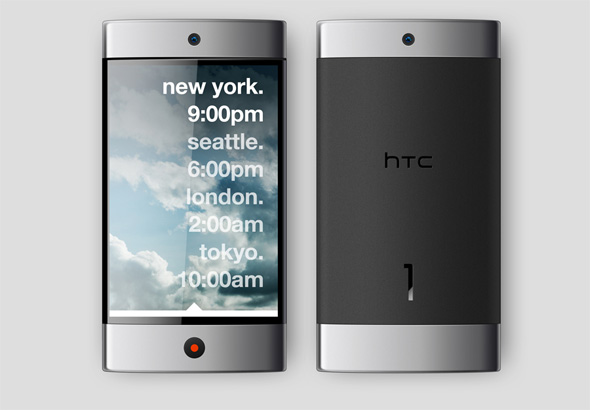

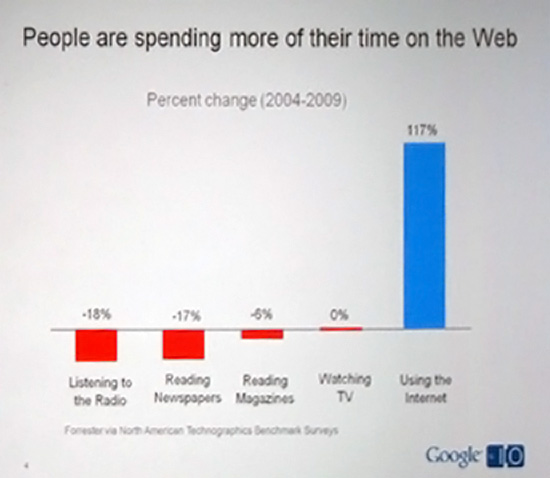

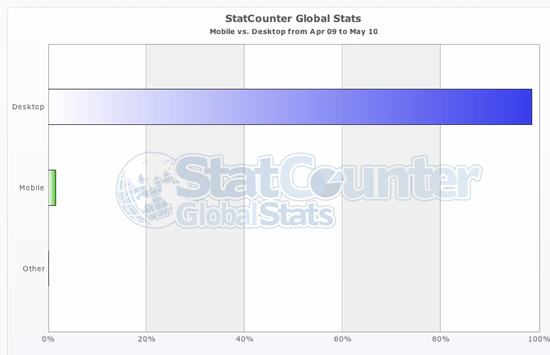
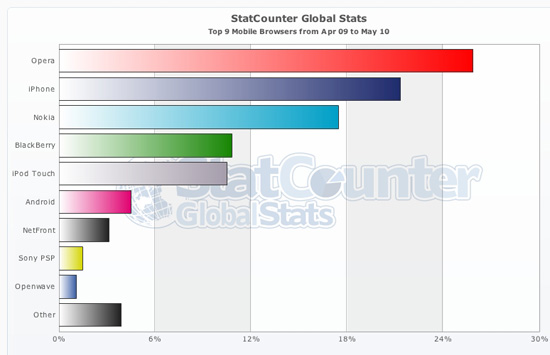
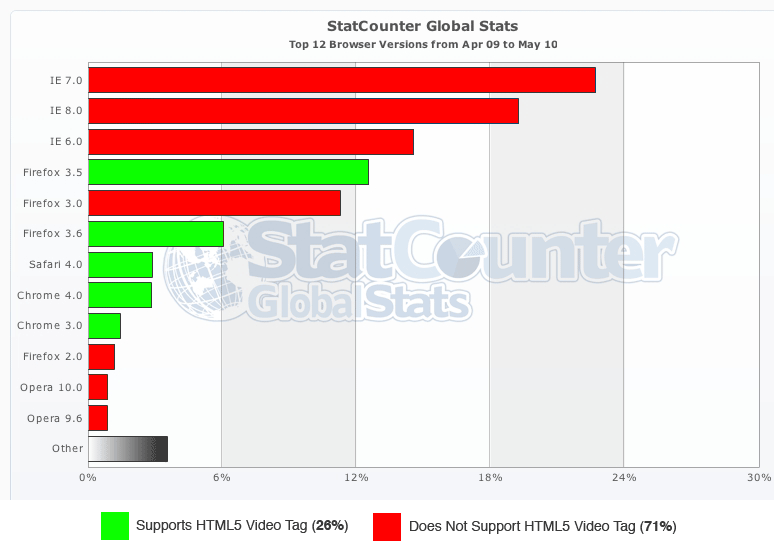
 Latest Tweets
Latest Tweets